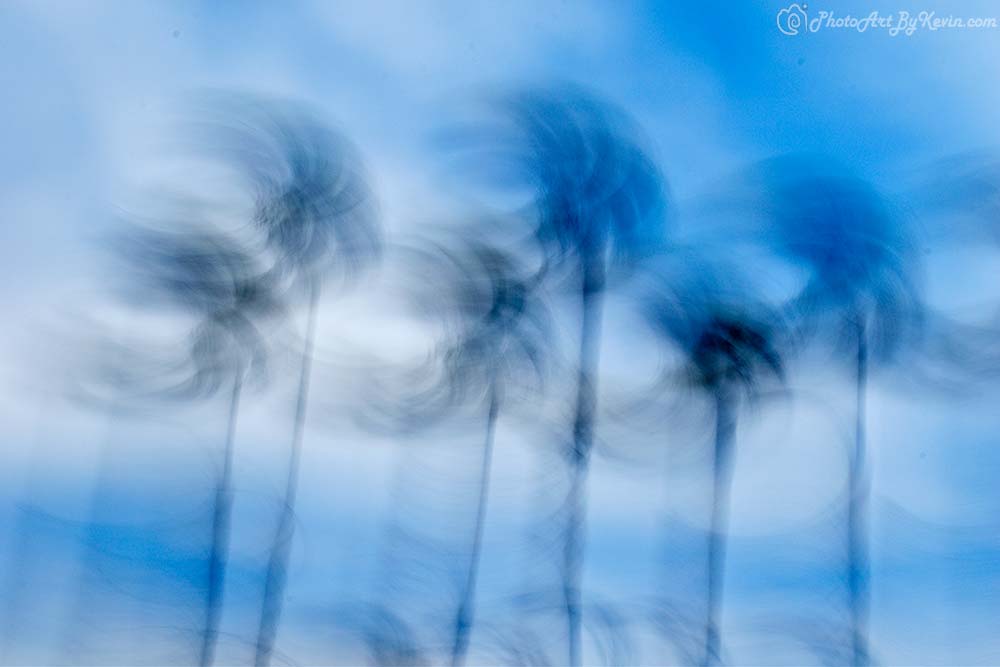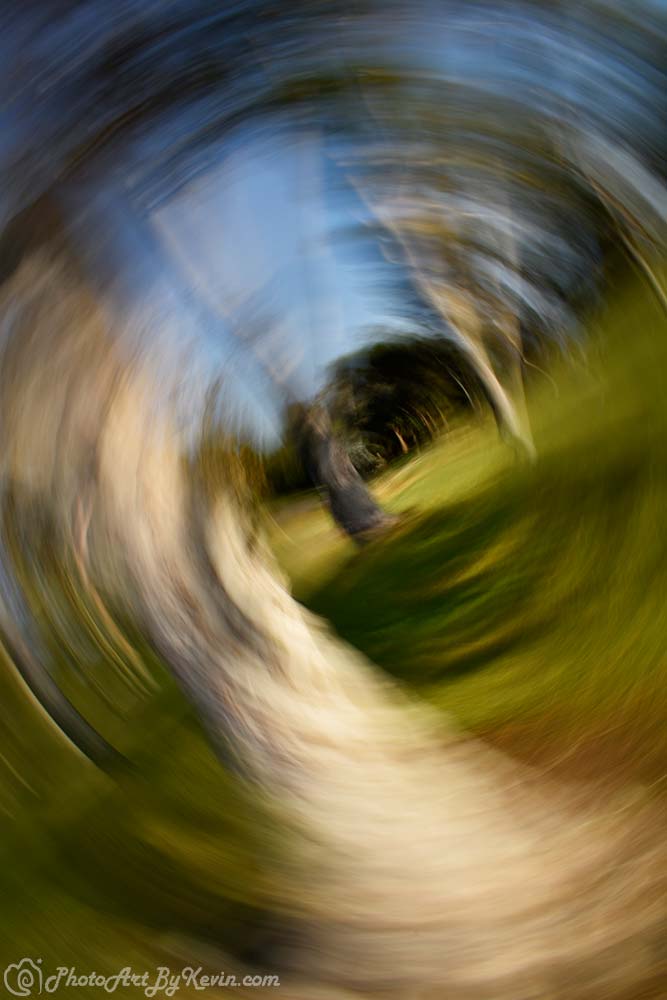
Nature truly is a beautiful thing. It can be an awesome and spiritual experience for many. Often, we can find some of the most unique and gratifying images in nature. However, for many, capturing those life-changing sights in the wild can be quite the challenge. If you are one of these peeps, and have an artistic eye, then you may want to learn how to create abstract photos from nature. And this is exactly what I’m going to talk about next!
The main thing with nature-driven, non-abstract imagery, is that, most of the time, it’s quite literal and factual. The shots are more scientifically driven. If you want to avoid that, then you’ll want to go for a more abstract look.
The primary challenge with creating abstract nature photography is that you need to look to capture a mood rather than a scene. For example, that stunning cherry blossom that you came across might not just reflect the beauty of nature, but the power of silence and serenity.
To create high quality abstract photography, you should get used to adjusting the distance that you shoot from. Abstraction often comes from shots which are extremely close-up, or extremely far-off. If we take an extreme macro, the image may be familiar yet unfamiliar at the same time.
What else matters when creating abstract photography?
Another important part of abstract photography in nature is to get the focus correct (or incorrect if it’s on purpose). Try working with manual focus for some of these shots. Abstract imagery often does not have the clear focal point that a more scientific shot would. Try and use an out-of-focus shot, and see what kind of impact that has on the wider picture. Try playing with different F-stops for depth-of-field.
Take note, though, that merely having out-of-focus photo art is not enough. A bit of movement can help to create an entirely different image than one you would get if you were to simply hold your camera still.

Keeping that in mind, you should try to move around (and move your camera and lens around) and see what kind of clicks you wind up with. Camera movement can help to change the lighting and help to remove a focus that you don’t really want.
Try shaking the camera and lens while using a slow shutter speed. You can shake the camera side to side, up and down and if you have a zoom lens you can zoom in and out for added effect. One of the techniques I like to use is twirling the camera while releasing the shutter as this gives a spinning effect to an image (see the image directly above).
On some older film cameras (remember film?), the lens can be removed and replaced with cardboard or paper with one or more pinholes in it. The resulting images can be abstract or even surreal.
Conclusion
If you keep these simple tips in mind, you might find it a bit easier to create abstract imagery direct from your natural surroundings. It’s not like normal photography, where you are stationary and have a literal focal point. Abstract nature photography is something completely different and, at times, wondrous!
